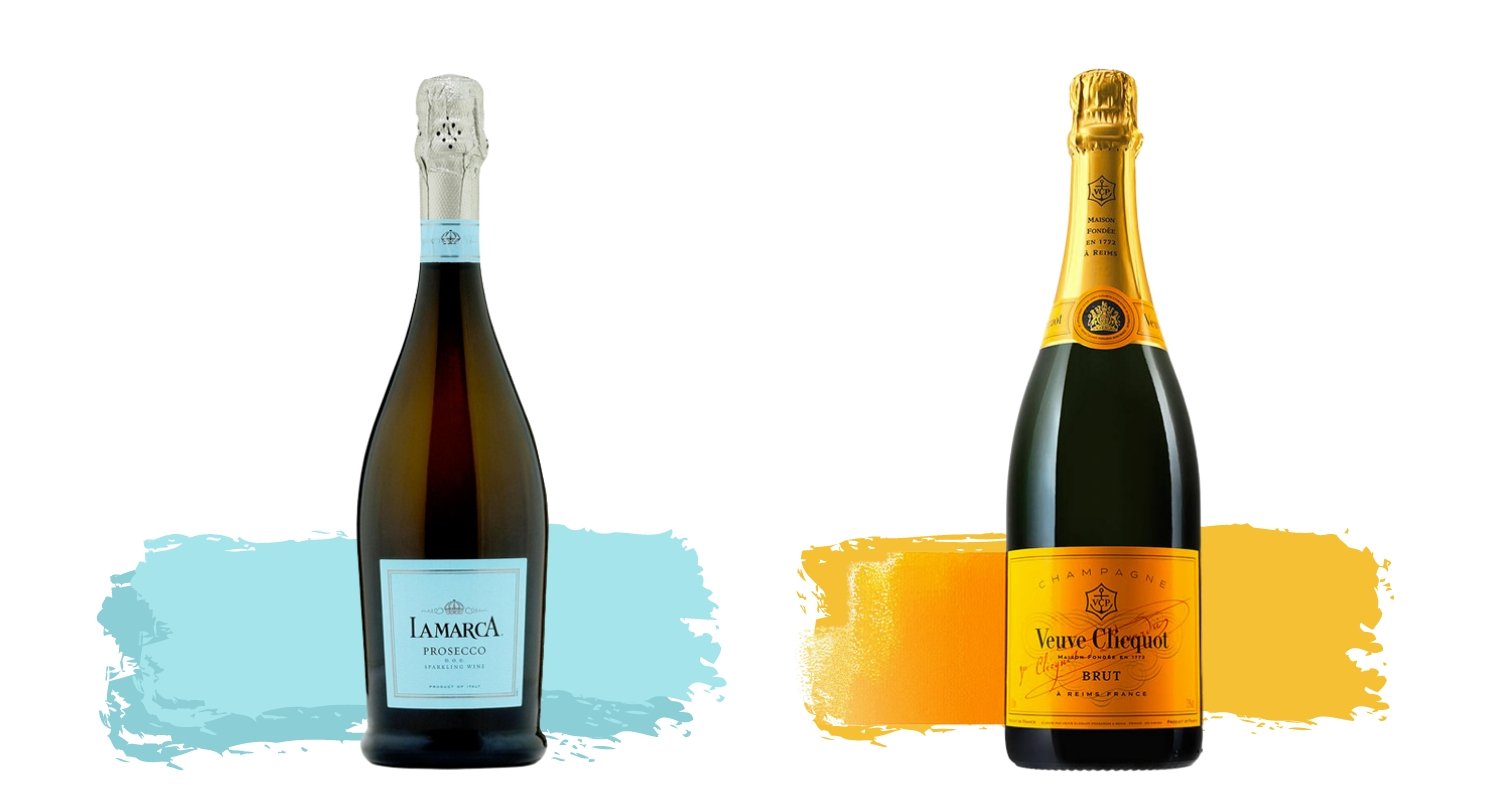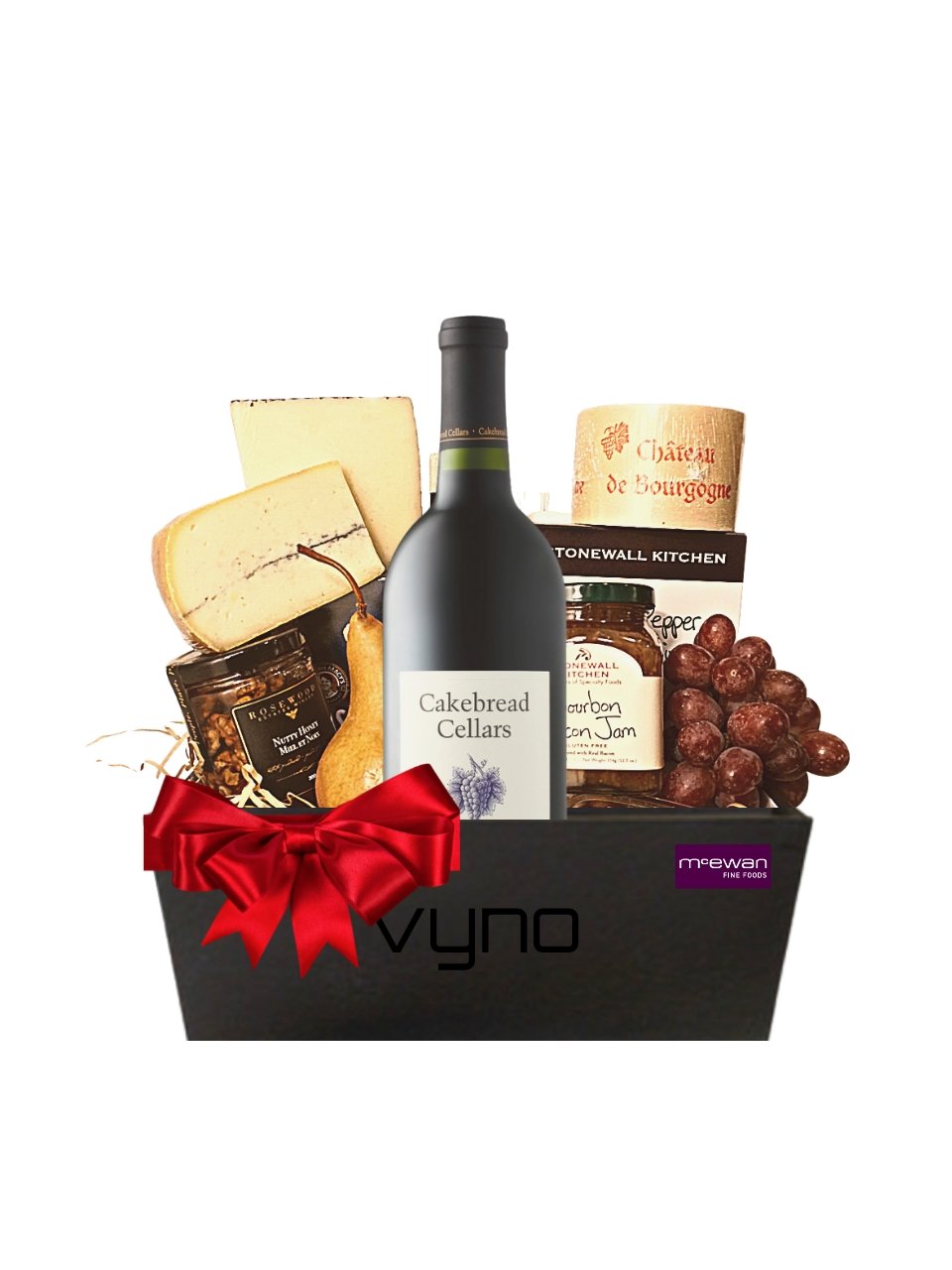
Champagne vs Prosecco: The Differences & Types
In this
So, what are you waiting for? Read on to find out the difference between your favorite drinks.
Place of Origin
The origin of
Prosecco; on the other hand, is a product of the Prosecco region of Italy, situated in the northeast part of Trieste, Italy. Sparkling wines produced in the Friuli Venezia Giulia and Veneto regions of Italy are known as Prosecco only.
Prosecco began popping up in ancient Rome when a famous Roman writer named Pliny declared Pucino the greatest wine of the era.
Types of Grapes
· Chardonnay
A green grape that is commonly associated with the Burgundy region in France, and is generally used in white wines.
· Pinot Meunier
A black grape typically associated with the Paris Basin in France and is known for the rich taste of the wine.
· Pinot Noir
A black grape that originates from the Burgundy region in France, and is commonly found in red wines.
Prosecco; on the other hand, is made up of the below-mentioned grape types:
· Glera grapes
A moderately acidic thin-skinned green grape associated with the region of Treviso, located on the north of Venice in Italy.
· Perera and Bianchetta Trevigiana
Perera grape is cultivated in the Valdobbiadene region of Italy, whereas Bianchetta Trevigiana is grown in the Trentino-Alto Adige/Südtirol and Veneto regions of Italy.
Mode of production
Then a certain amount of
Once the wine is carbonated, it is aged through either riddling or lees. Riddling is the process whereby the wine is rotated upside down over time, which collects the dead cells of yeast in the neck of the bottle. Lees; on the other hand, are dead cells of yeast that remain in the tank or bottle of fermented
The next steps of the procedure include disgorgement and dosage. In the process of disgorgement, the neck of the wine tank or bottle is inserted into frozen brine or liquid nitrogen to freeze the lees. Once the cap of the bottle is removed, lees come out of the sparkling wine and leave the wine bottle.
Lastly, a mixture of
Prosecco; on the other hand, is manufactured by an affordable tank process. This method follows similar steps as that of the
The large tanks are used to make the process efficient, simple, and affordable. This is why prosecco is a more affordable wine among the two types.
Taste Profile
Let’s explore the taste profile of these two wines as well.
With
With
· Spumante (fully sparkling wine)
· Frizzante (gently sparkling wine)
Food Pairings
Because the taste profiles vary, the food pairing is also different for both wines. Let’s take a look at the foods that are best paired with
Because
Prosecco; on the other hand, tends to be sweeter, so it is paired with fruity appetizers like cured meats, prosciutto-wrapped melons, Thai noodles, and even sushi.
Price Range
A good bottle of
Because the production of
Also, the wine is the go-to wine of Holiday celebrities and political leaders.
Calories
The standard pour for both
This means that one pour of
The Best Wine?
In the
Purchase a bottle of both and check what clicks your taste buds the most; after all, trying new wines does not hurt anyone, right?
Looking for the best quality
At Vyno, we sell a premium collection of high-quality




Leave a comment
This site is protected by hCaptcha and the hCaptcha Privacy Policy and Terms of Service apply.